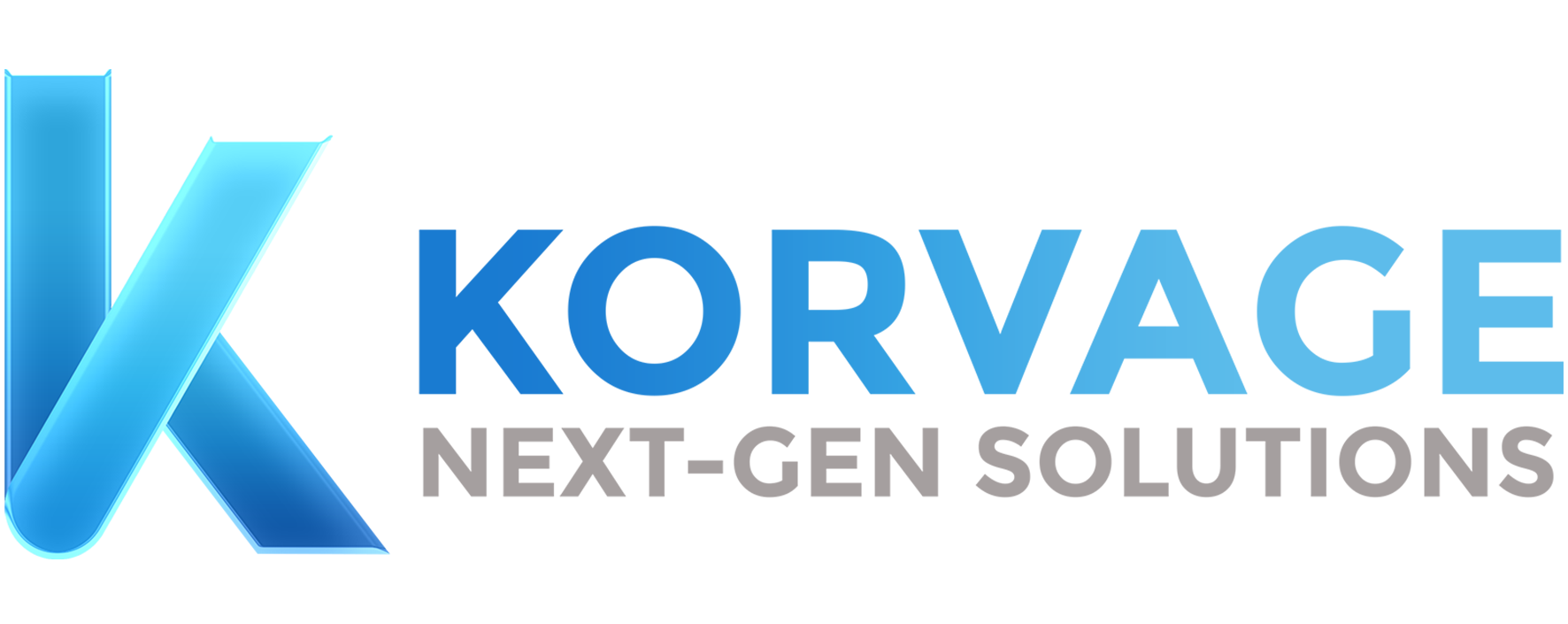6 Signs That You Need a School Management Software

Education has come a long way, to the point that things that were previously as simple as writing something down are now missions. We’ve been forced by technology to look for easier and paperless ways to accomplish tasks, and education is no different.
The modern school has many obstacles in maintaining daily operations. Results declaration, data management, fee collecting, schedule management, staff and student attendance management, and other associated duties are among the manual operations that are carried out. Working by hand takes a significant amount of time, effort, and resources.
These chores are now easy to complete because of the school management system. To increase efficiency and save time and effort, educational institutions face numerous challenges while managing the daily operations of their schools. For this reason, all schools ought to have management software.
Importance of Using Technology In Education

- Accessibility – Technology-based learning eliminates the need for a teacher or an institution. Learners can learn from the comfort of their home at any time and from any location. It also eliminates the need for a teacher or an institution. Students can also easily access all the information relevant to their subject of study with the aid of eLearning.
- Increases Knowledge Retention – Humans only remember half of the information that is provided to them after an hour. They forget 70% of what they have learnt within just one day. A week later, that percentage rises to 90%. Technology makes this situation better. Knowledge retention rate improves by 25% to 60% using eLearning. This is a result of the brain’s faster and more efficient processing of visual information. Gamification, microlearning, mobile learning, virtual reality (VR) based learning, and other forms of technology assist in information retention.
- Improves Communication – The core principles of eLearning are teamwork and communication. There are several ways in which this kind of communication can occur, including peer-to-peer, student-teacher, and student-parent collaboration. Both synchronous (real-time) and asynchronous (communication over a time lag) communication are possible in e-learning. A range of media, such as audio, video, screen sharing, and whiteboarding, can be used to facilitate interaction.To make e-learning more interesting and fulfilling, educators might set up an online space where students feel free to ask questions, address their uncertainties, and engage in active communication.
6 Signs That You Need a School Management System

Running a school efficiently requires organization, clear communication and access to accurate data. However, as your school grows, manual processes can become complicated & it might affect the operations and students’ experiences. Here are some signs that your school might benefit from a School Management System –
- Increasing Administrative Burden:
Manual tasks like scheduling, attendance tracking, report generation and registration can consume a significant amount of time and resources for teachers and administrators. A school management system can automates these tasks, freeing up valuable time for more important activities like lesson planning and student interaction.
- Inefficient Communication Channels:
Depending solely on emails, notes and physical announcements can lead to missed information and confusion among staff, students, and parents. A dedicated management system offers a centralized communication platform, allowing for real-time updates, announcements, and collaboration tools.
- Poor Data Management:
Spreadsheets and paper records are prone to errors and make it difficult to track student progress and analyze school performance. A school management software offers a secure and organized way to store and access student data, facilitating informed decision-making.
- Limited Access to Learning Resources:
Traditional methods of distributing learning materials can be time-consuming and limit the access for students to access the material outside the school hours. An education management system can integrate with online learning platforms and digital resources, giving students 24/7 access to curriculum materials and fostering a more flexible learning environment.
- Lack of Financial Management Tools:
Managing school finances efficiently requires proper tools and oversight. A dedicated management system with features including such as fee collection, automated billing, expense tracking and budgeting tools. This allows for better financial transparency and informed decision-making.
- Growing Need for Parental Involvement:
Keeping parents informed and engaged is crucial to track the progress of students. A school management system can facilitate communication with parents through secure messaging, progress reports and online access to school resources. This fosters a collaborative environment where parents feel connected to their children’s education.
A School Management Software can be a valuable asset, streamlining processes, improving communication, and enhancing the overall learning experience for both teachers and students.
How Can a School Management System Improve Education
Technology integration in education is now an essential requirement for every educational institution, rather than a fading trend. Globally, schools are incorporating technological innovations into their conventional administrative task-solving techniques. School Management Software is at the forefront of this technology revolution (SMS).
Now, coming back to the question how it will improve the education –
- Administrative Efficiency
According to data from the National Education Association, teachers dedicate an average of ten hours a week on administrative duties. Administrators are now able to more strategically manage their time by concentrating on important decisions rather than routine tasks thanks to automated processes. Administrators may quickly and accurately identify trends in student performance by centralizing academic data, which empowers them to take immediate action in response to issues.
- Personalized Learning
AI-powered features in the software can analyze student data and learning patterns to recommend personalized learning paths. This allows teachers to modify their instruction to individual needs, cater to different learning styles and ensure that each student receives the support they need to excel.
- Improved Communication
This software makes communication easy between teachers, parents and students. Parents can access real-time updates on their child’s progress, receive important announcements, and engage in online discussions with teachers. This creates a collaborative learning environment where everyone is involved in the student’s educational journey.
- Engaging Learning Experiences
Modern school management software often integrates with online learning platforms and educational resources. This provides students with access to a wealth of interactive content, multimedia tools and collaborative learning opportunities, making the learning process more engaging and effective.
- Increases Parents Involvement
Parents can actively participate in their child’s education through the software. They can access progress reports, receive personalized feedback and stay informed about school events and activities. This forms a sense of partnership between parents and teachers, ultimately improving the student’s learning experience.
WRAP
School management system is all set for a dynamic evolution as it adapts new trends that have the potential to completely transform the way schools operate. Particularly important components are the integration of Artificial Intelligence and Machine learning, which actively reshape administrative procedures by automating data analysis and predictive analytics operations. This transition to intelligent automation is creating new opportunities for individualized learning experiences customized to the requirements of each student while simultaneously increasing efficiency. Teachers, students and parents are actively changing the way they engage with educational data through the ongoing spread of mobile applications and the rise of cloud-based solutions.
